Dental matrix system wedges are essential components in restorative dentistry, particularly for Class II composite restorations. They help achieve tight interproximal contacts, proper contouring, and prevent overhangs by wedging the matrix band against the tooth. Wedges are typically made from materials like wood, plastic, or resin and come in various shapes and sizes to suit different clinical needs.
🔧 Types of Dental Matrix Wedges
1. Wooden Wedges
Materials: Commonly made from sycamore or birch wood.
Features: Slightly compressible and absorb moisture, causing them to swell and provide a tight seal.
Advantages: Easy to trim, conform well to tooth anatomy, and are less likely to splinter.
Examples: Sycamore Wood Wedges by Premier Dental .
2. Plastic Wedges
Materials: Made from synthetic resins or plastics.
Features: Color-coded for size identification and may be transparent to facilitate light curing.
Advantages: Resistant to splintering and can be molded to fit specific tooth contours.
3. Resin-Based Wedges
Materials: Crafted from proprietary resins.
Features: Designed to provide consistent separation force and anatomical adaptation.
Advantages: Reusable up to five autoclave cycles and compatible with various matrix systems.
Examples: Premier X5 Sectional Matrix System Wedges .
🧩 Specialized Wedge Designs
Wave-Wedges: Feature a unique shape that helps them stay interproximal, adapting the band and protecting the tissue and rubber dam. They do not exert separation force but assist in matrix adaptation .
Wizard Wedges®: Made from birch wood, these wedges provide stable holding of matrix systems during restorative procedures. They are crafted to offer better access and stable holding .
Fender Wedges: Designed to protect the rubber dam, interproximal gingival tissues, and adjacent tooth surfaces. They do not provide pre-wedging effects but are used in conjunction with other systems for protection .
📏 Sizing and Selection
Wedges are typically available in small, medium, and large sizes, often color-coded for easy identification. The choice of wedge size depends on the tooth anatomy and the specific requirements of the restoration. For instance, smaller wedges may be used for anterior teeth, while larger wedges are suitable for molars.
🛠️ Clinical Tips
Placement: Insert the wedge into the gingival embrasure before placing the matrix band to ensure proper adaptation and separation.
Material Choice: Select the wedge material based on the clinical situation and personal preference. Wooden wedges are preferred for their adaptability and moisture absorption, while plastic and resin-based wedges offer durability and ease of use.
Compatibility: Ensure that the selected wedge is compatible with the matrix system being used to achieve optimal results.
MAECENAS IACULIS
Vestibulum curae torquent diam diam commodo parturient penatibus nunc dui adipiscing convallis bulum parturient suspendisse parturient a.Parturient in parturient scelerisque nibh lectus quam a natoque adipiscing a vestibulum hendrerit et pharetra fames nunc natoque dui.
ADIPISCING CONVALLIS BULUM
- Vestibulum penatibus nunc dui adipiscing convallis bulum parturient suspendisse.
- Abitur parturient praesent lectus quam a natoque adipiscing a vestibulum hendre.
- Diam parturient dictumst parturient scelerisque nibh lectus.
Scelerisque adipiscing bibendum sem vestibulum et in a a a purus lectus faucibus lobortis tincidunt purus lectus nisl class eros.Condimentum a et ullamcorper dictumst mus et tristique elementum nam inceptos hac parturient scelerisque vestibulum amet elit ut volutpat.


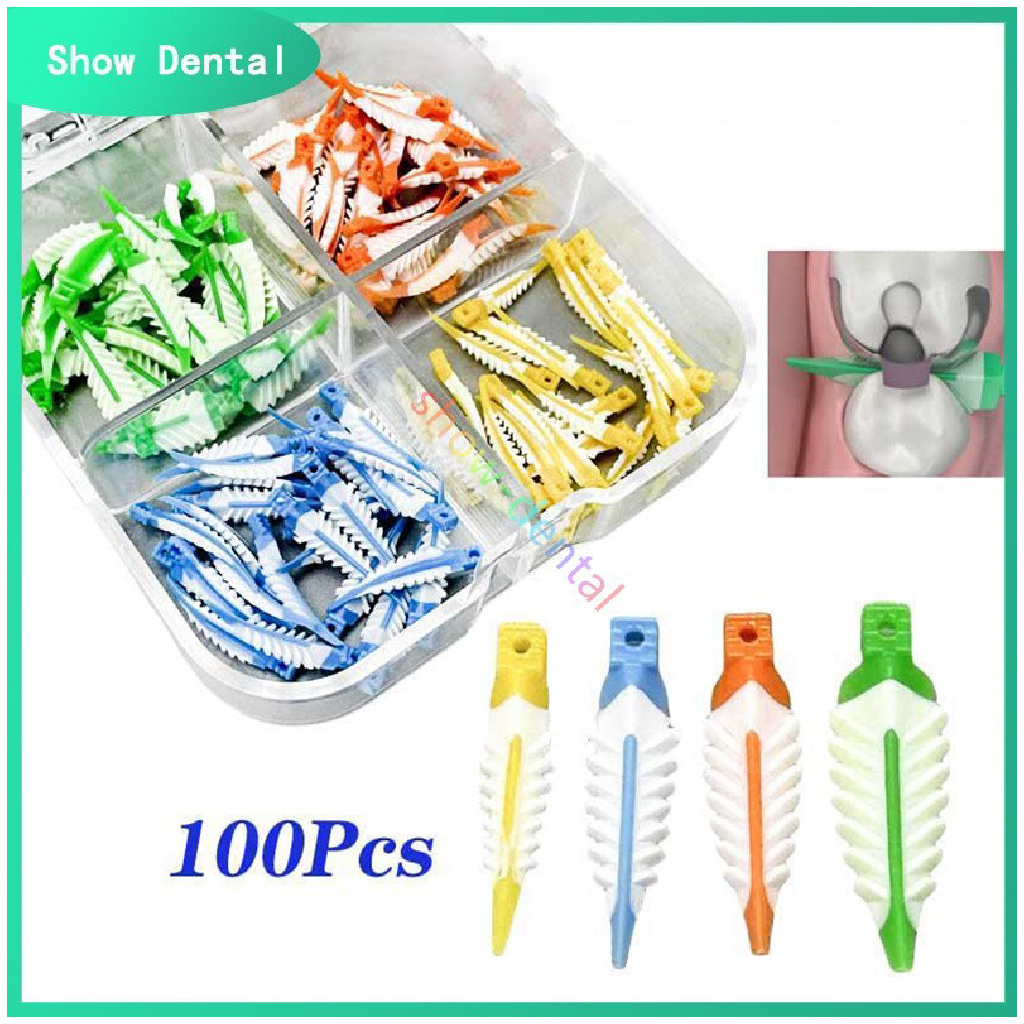
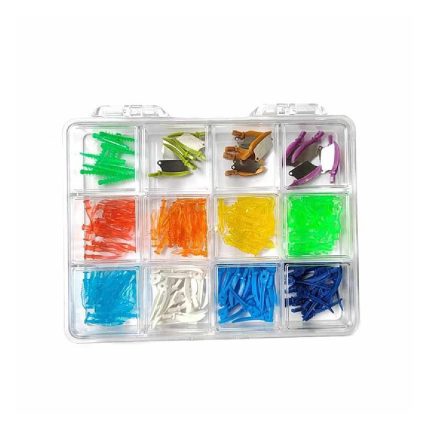
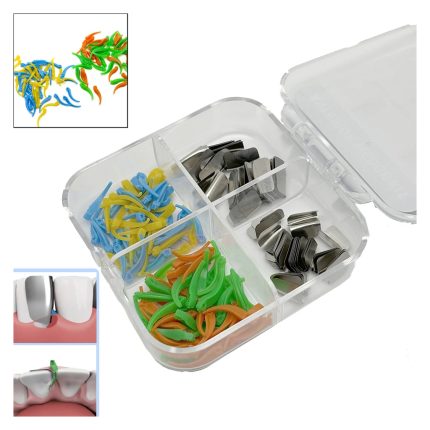
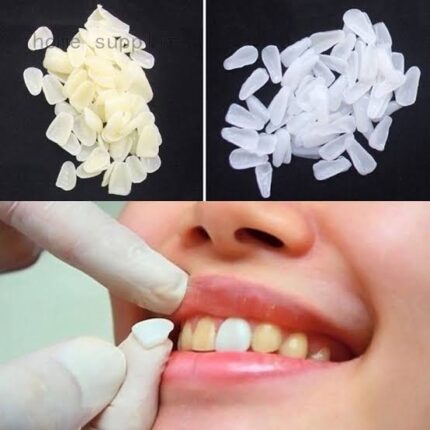
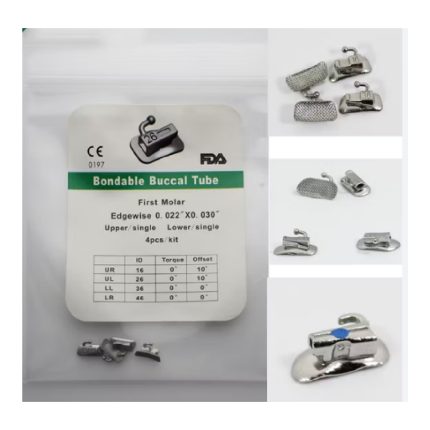
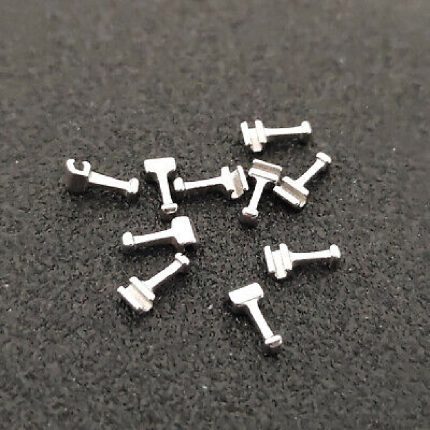
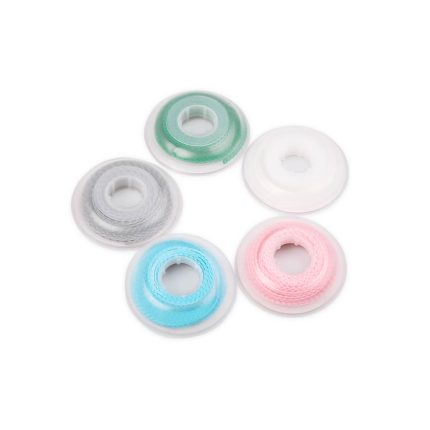
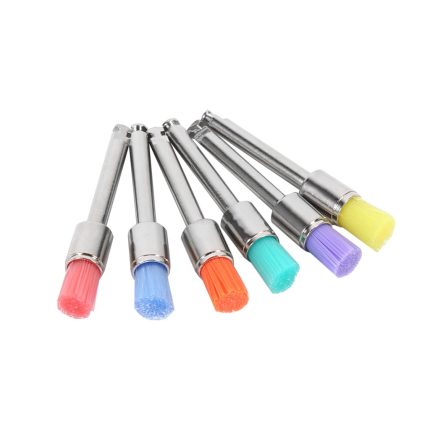
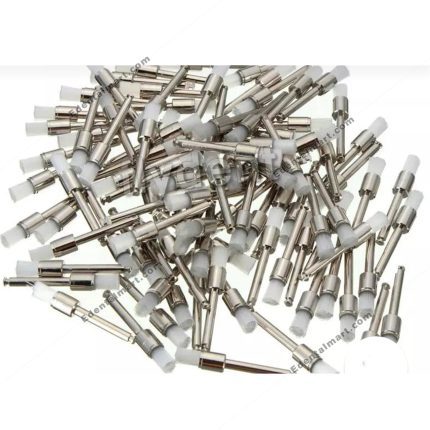

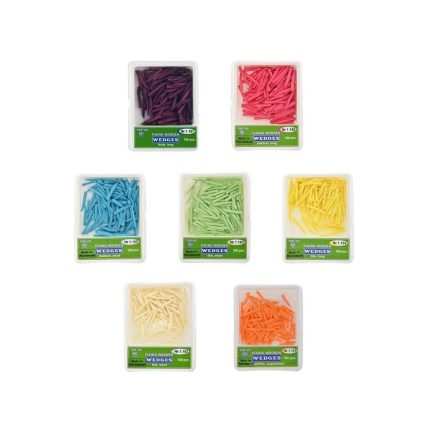
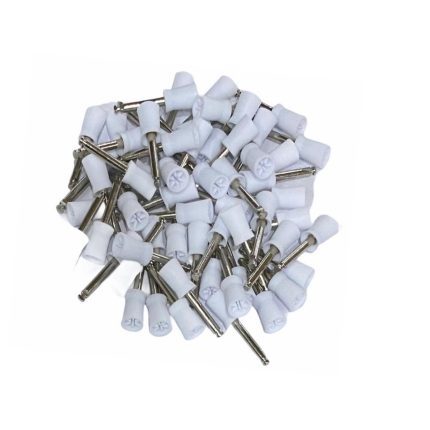
Reviews
There are no reviews yet.